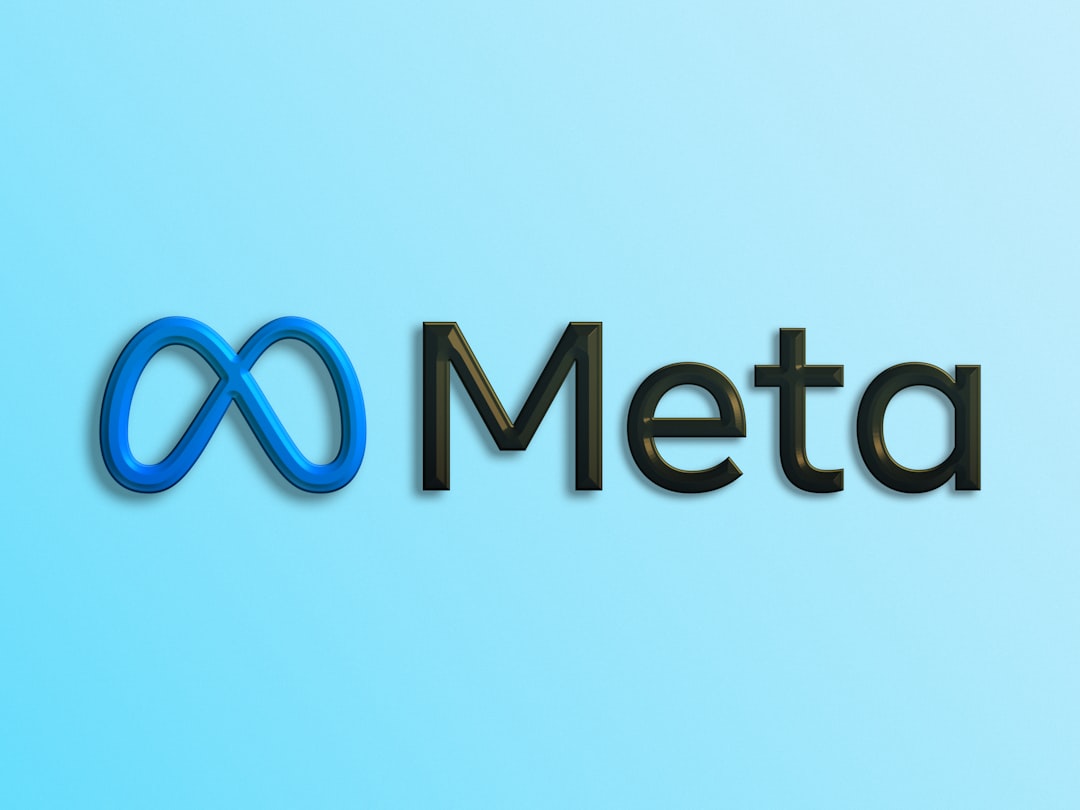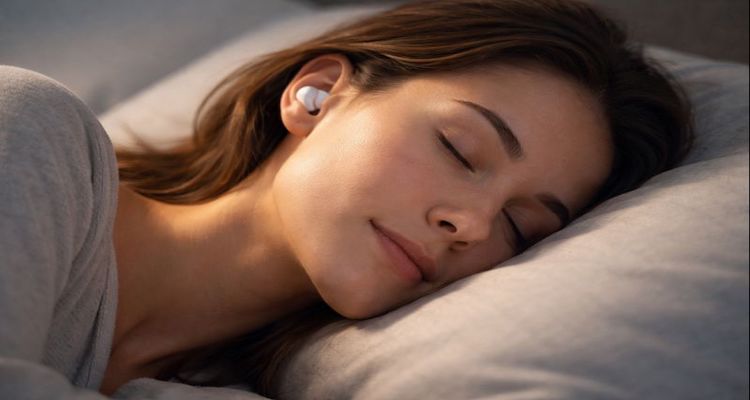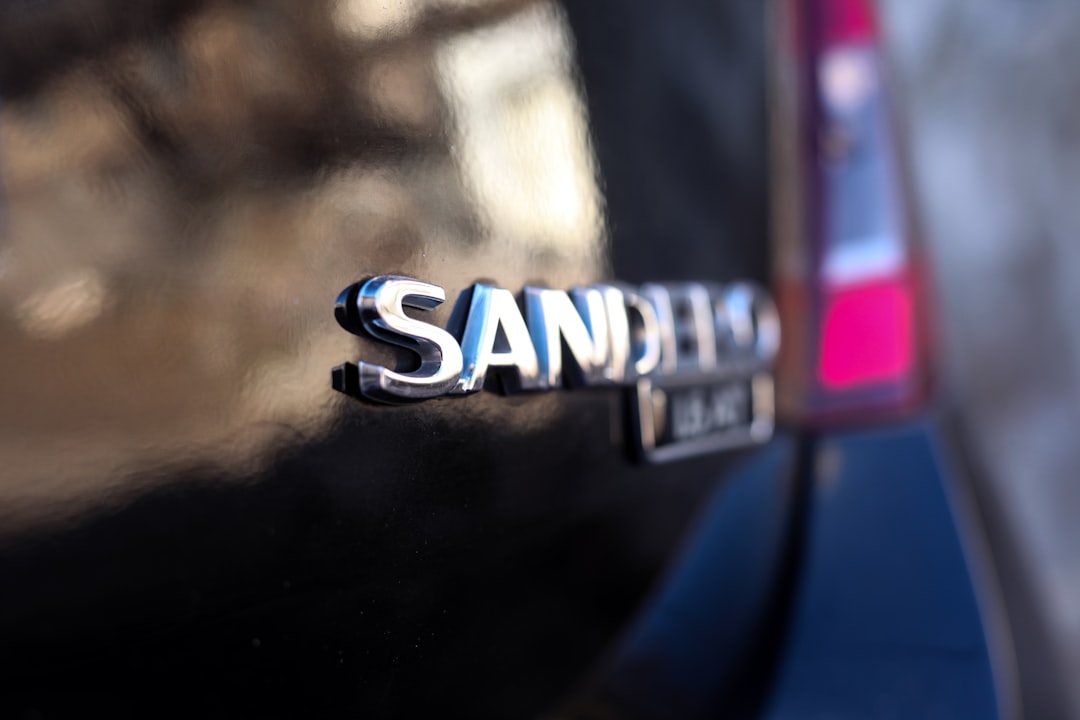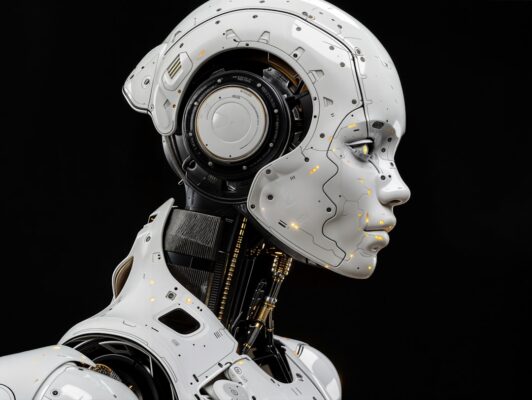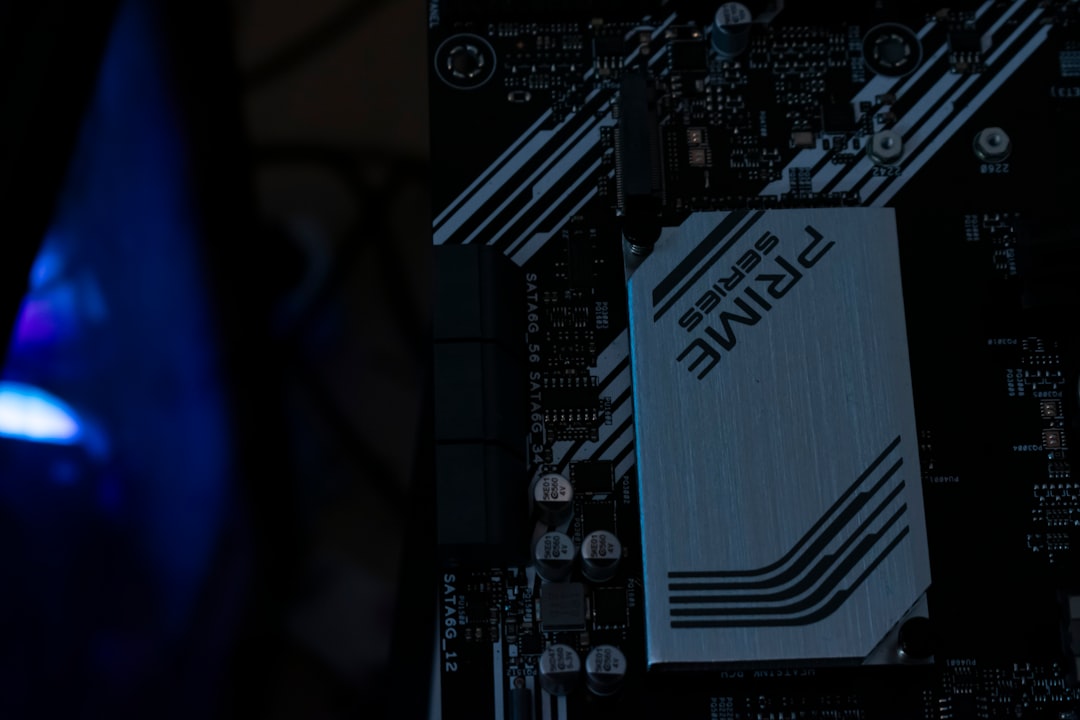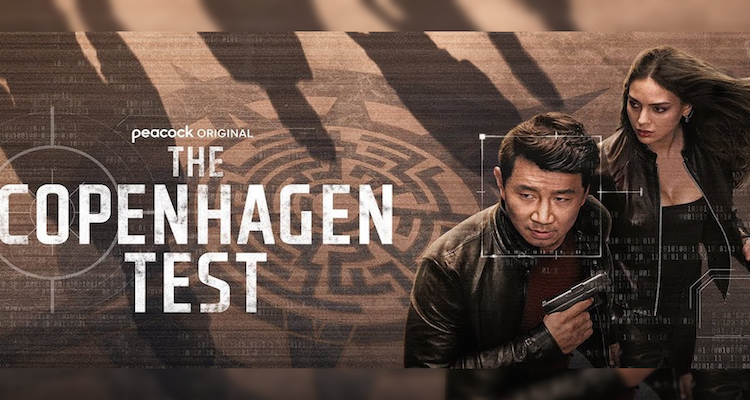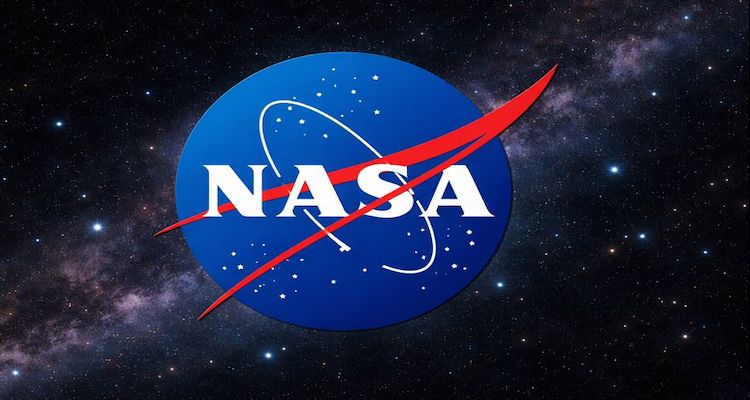Beyond the Brush: AI, Authorship, and Ownership Disputes
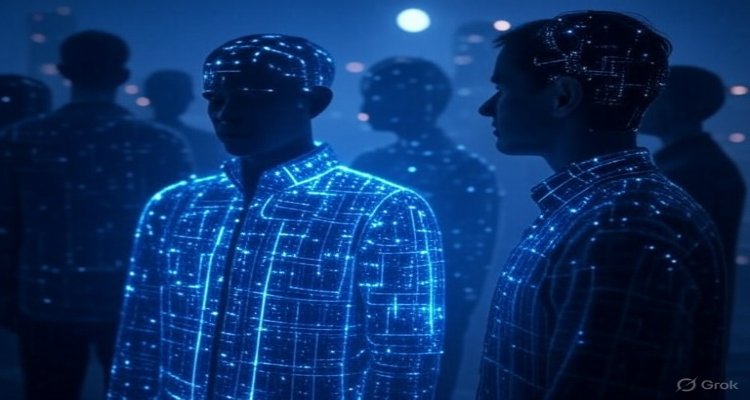
AI-generated art prompts questions of copyright, ownership, and ethics—who really owns the machine’s imagination? Experts and creators navigate a legal and cultural gray zone.
Introduction: The Spark in the Shadow
A digital masterpiece appears on social media, its vivid lines and daring concept clearly beyond the ordinary. But a question immediately follows: Who truly owns this art, created not by human hands but by an artificial intelligence? As AI art becomes a global phenomenon, the struggle over its “imagination” is drawing a fierce new line between creativity, law, and ethics.builtin+1
Context & Background: A Legal Labyrinth
Generative AI models like DALL·E, Midjourney, and Stable Diffusion have empowered millions worldwide to create “original” images using little more than a written prompt. These tools don’t copy and paste individual artworks, but they are trained on billions of existing images—many protected by copyright.lumenci+1
Traditionally, copyright law requires human authorship for protection to apply. The U.S. Copyright Office and similar agencies in other countries have repeatedly clarified: works made entirely by AI, even at user request, are not eligible for copyright. As a result, most AI-generated art instantly enters the public domain, free for anyone to use or remix.etblaw+2
Yet, this principle collides with another: when AI mimics the style or substance of human artists—for instance, creating works strikingly similar to those of Georgia O’Keefe or a living designer—the boundary between homage, theft, and innovation becomes blurry.amsshardul+1
Main Developments: Courtrooms and Code
Recent years have seen a wave of legal battles and policy shifts worldwide. In the U.S., plaintiffs such as Getty Images and leading artists have taken developers like Stability AI to court, arguing that training machines on copyrighted images without consent is a form of infringement. These cases spotlight AI’s ability to replicate not just broad artistic trends, but the style and substance of individual creators.news.iu+1
Notably, the U.S. Copyright Office’s high-profile rejection of several AI-generated works—including the case of Steven Thaler’s “A Recent Entrance to Paradise”—has set influential precedents: unless meaningful human creativity is involved, AI outputs cannot be registered as original art. This isn’t just a matter for the U.S.—India, Australia, Canada, and other jurisdictions are all grappling with the same question, some offering limited exceptions or hybrid rights where significant human editing is involved.maheshwariandco+4
However, opacity in how AI is trained makes tracing ownership and duty of care even more complicated. Most commercial tools hide details of their training datasets, hampering attempts by artists to defend their work or claim damages if their style is imitated or jobs are lost to algorithms.indialegallive+1
Expert Insight & Public Reaction
Intellectual property attorney Maya Kolb explains, “Copyright law wasn’t written for a world where machines can generate remarkable, market-ready art in seconds, but also do so by learning from vast troves of human creative work”. She notes that, legally, “mere prompting”—typing words into an AI—does not count as authorship.lumenci
Artists like Andrea G., whose style was mimicked by an AI tool, express frustration: “It feels like my years of honing a vision can now be synthesized and sold in minutes, without me seeing a dime,” she says. Meanwhile, some industry voices defend the tools, likening them to the creative evolution spurred by the camera or digital editing.indialegallive
The public, meanwhile, is divided. Some embrace AI’s democratizing force, opening creative doors for those without classical training. Others see a cultural danger: “When anyone can conjure masterpieces on demand, does human creativity lose its meaning?” asks user commentary in tech forums.journals.sagepub+1
Impact & Implications: The Next Creators
Three key challenges now shape the fate of AI art ownership:
-
Legal Gray Zone: Until lawmakers modernize copyright and IP statutes, AI-generated art remains largely in the public domain, except where clear human creative input is proven.theippress+1
-
Economic Disruption: Artists and studios fear being undercut, as companies replace commissions with upscaled algorithms trained on existing portfolios without compensation.lumenci+1
-
Ethical and Cultural Questions: If exclusivity, recognition, and livelihood all hinge on authorship, the weakening of those boundaries risks turning all creativity into a remixing of existing work, with profits siphoned by platform owners, not creators.hbr+1
Policymakers—from the U.S. Copyright Office to the Government of India—are soliciting comments and drafting new guidelines. But consensus remains elusive, with some pushing for “human-plus-AI” co-ownership or mandatory transparency in training data, and others demanding outright bans on commercial AI art without creator consent.blogs.loc+2
Conclusion: Owning the Machine’s Dreams
The debate over AI art is not just about images or legal footnotes, but about the evolving soul of creativity itself. As society negotiates the shadowy boundaries of authorship and value, the question “Who owns the machine’s imagination?” becomes a lens into our own hopes, fears, and future definitions of genius. The outcome will shape not just what is seen in galleries or timelines, but who gets to be called an artist in the age of synthetic imagination.builtin+2
Disclaimer : This article is for informational and educational purposes only. It does not constitute legal advice or create any attorney-client relationship. Please consult a qualified legal professional for advice about your specific situation.

